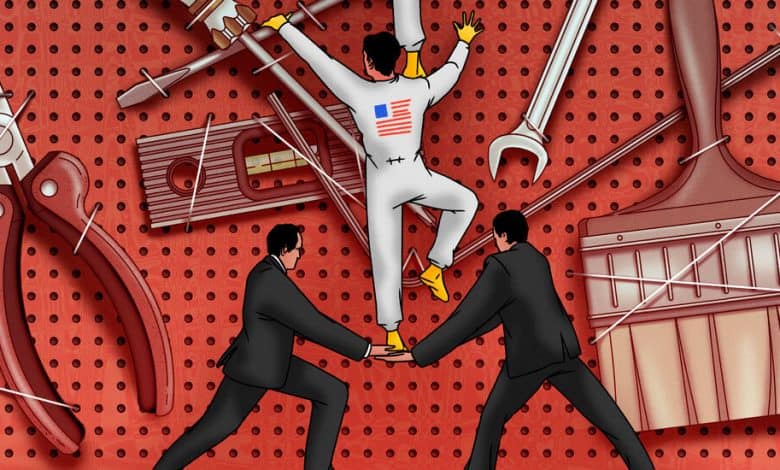There Is a Secret Hamiltonian in the White House

President Biden has been called a lot of things, but Hamiltonian is not usually one of them. In spite of his economic successes, hardly anyone has thought to compare the president to the architect of the American economy.
And yet, more than any president in generations, Mr. Biden shares Alexander Hamilton’s fundamental vision for the country: America needs a strong industrial strategy to support its long-term security. Mr. Biden’s CHIPS and Science Act and his Inflation Reduction Act reflect this idea. These policies channel government money into the semiconductor, solar energy and electric vehicle sectors in the hope of reducing reliance on foreign producers and bolstering national security, while helping American companies become more competitive with Chinese state-subsidized industries.
Liberals are calling this government intervention the end of neoliberalism and a new “securonomics,” while conservatives are claiming that dangerous “Bidenomics” policies are hurting the economy and are an affront to the free market. In spite of this, by all indications, the policies seem to be working, and Republican states are benefiting. Ohio, South Carolina, Tennessee and Texas are taking billions in federal funds from the Inflation Reduction Act, and are reaping the rewards with the creation of tens of thousands of green-energy jobs.
As an economic historian, I can’t help being struck that this argument over industrial policy versus unfettered free markets has happened before, during the presidency of George Washington. It’s also hard to ignore the irony that Republican champions of historical originalism are attacking an economic playbook that looks much like the one written in 1791 by Hamilton when he was Washington’s secretary of the Treasury. While some historians have called Hamilton’s project for state support of American manufacturing a failure, the reality is that Hamilton’s plan was not only successful at the time, it also laid a template for almost two centuries of security-driven economic policy, which Mr. Biden is merely revamping.
Since the dawn of competition between militarized early industrial states in the 15th and 16th centuries, government economic strategy in the face of relatively hostile trading partners and even allies has paid major dividends for national wealth.
England had a long history of state involvement in the economy, with roots in Henry VII’s wool subsidies and protections, as well as monopolies under Elizabeth I. With the rise of imperial military competition in the 17th century, the wealth-bolstering relationship between trade and security became more apparent. Global commercial players could not compete in seaborne trade without industries that supported the navy. Ships were a precursor to high-tech industry: They needed complex parts, navigational technology, refined weaponry, a large skilled work force and managerial staff, and immense industrial ports and cities, which required state-supported monopolies, companies and subsidies.